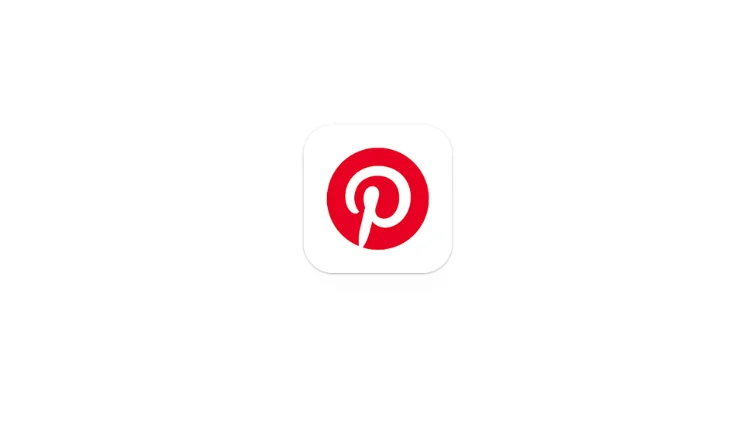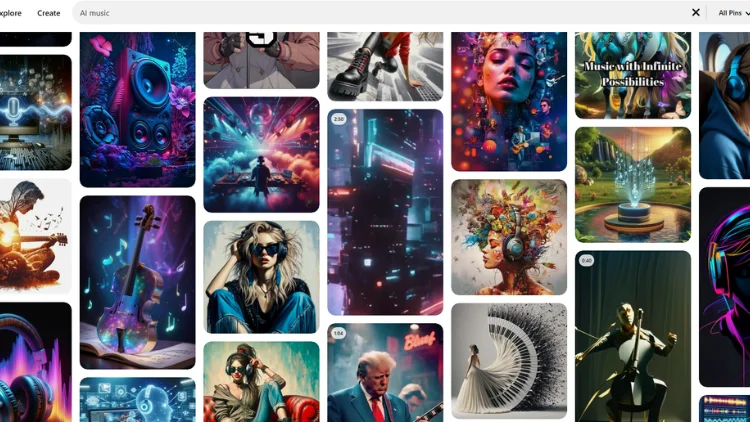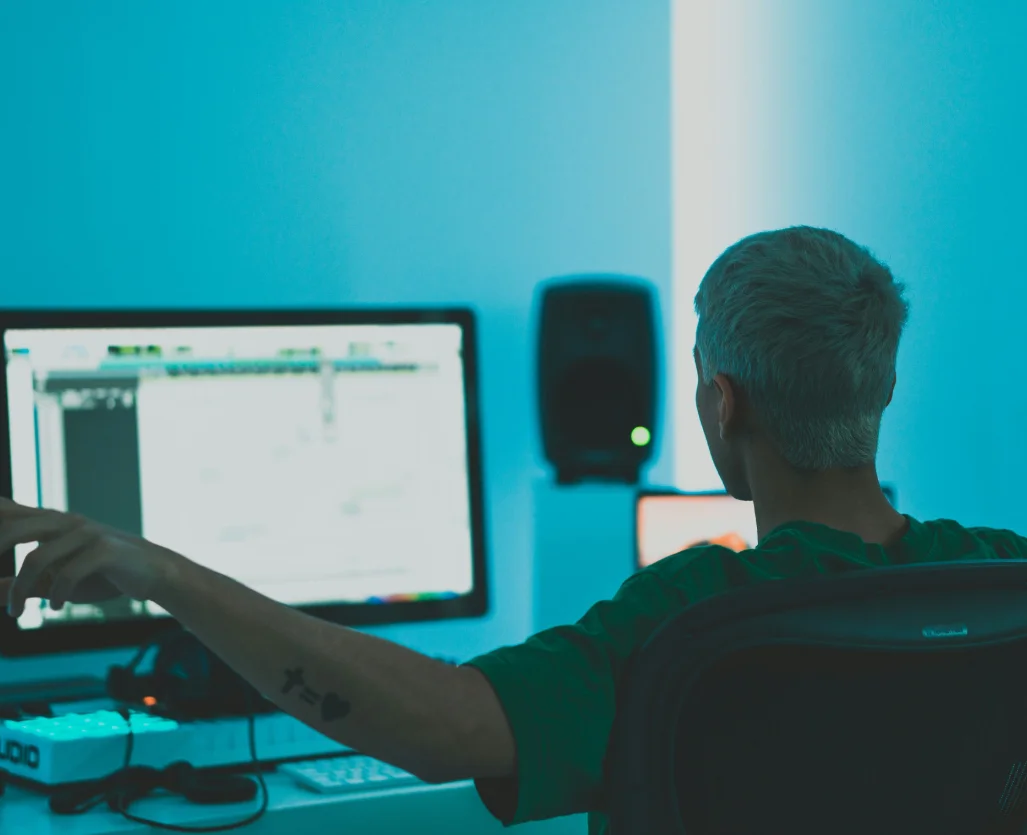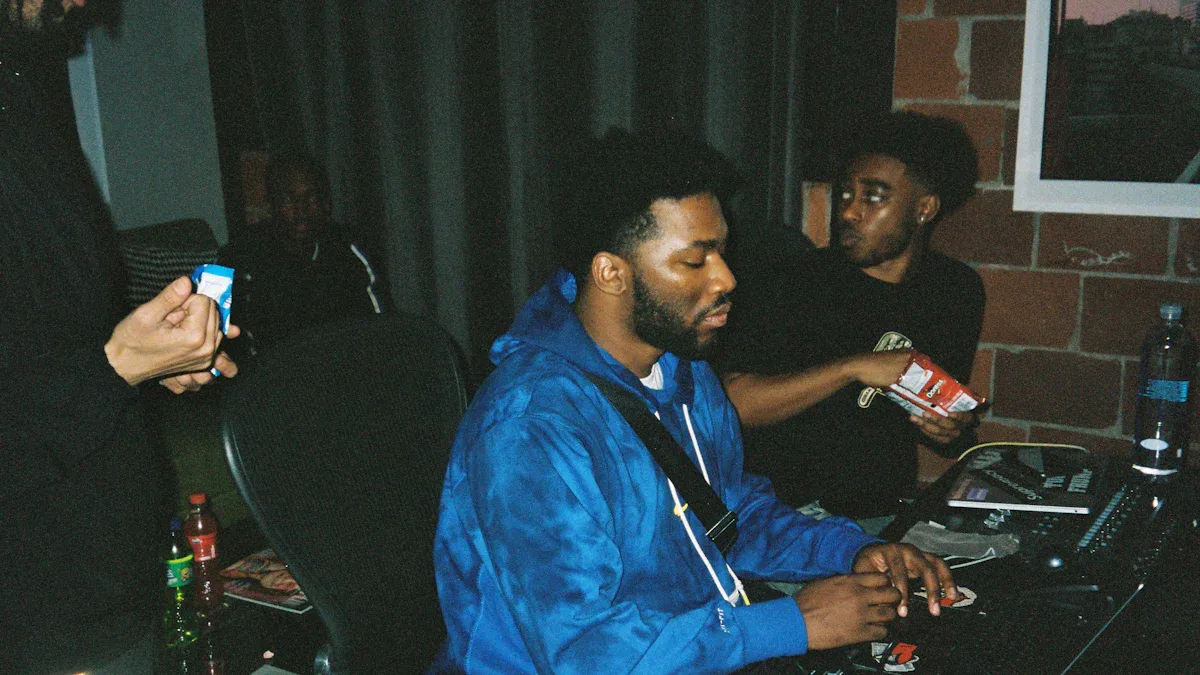Pinterest has become a key player in the social media landscape, with millions of users discovering and saving ideas every day. Major stakeholders in the platform include prominent investment firms like Vanguard Group and BlackRock, as well as co-founder Ben Silbermann, who continues to hold significant influence within the company.
Understanding Pinterest’s Ownership Structure
Leadership
- CEO: Bill Ready (since June 2022)
- Executive Chairman: Ben Silbermann (co-founder and former CEO)
Ownership Breakdown
- Institutional Shareholders: 74.06%
- Company Insiders: 17.04%
- Retail Investors: 8.90%
Key Stakeholders
- Ben Silbermann (Co-founder)
- Largest individual shareholder
- Currently serves as Executive Chairman
- Major Institutional Investors
- Benchmark Capital
- FirstMark Capital
- Andreessen Horowitz
- SV Angel
- Bessemer Venture Partners
Pinterest is a publicly traded company on the New York Stock Exchange (NYSE: PINS) with a diverse ownership base. While the founders, particularly Executive Chairman Ben Silbermann, continue to have a strong influence, the majority of the company is held by institutional investors. In 2023, Pinterest reported a revenue of $3.06 billion, reflecting steady growth under its current leadership.

History of Pinterest
Pinterest’s journey began with a simple idea to help people collect and organize things they love online. From a small startup to a global visual discovery engine, Pinterest’s success illustrates how a great idea, executed well, can change the way we connect with inspiration.
Early Days and Development
In late 2009, Ben Silbermann and Paul Sciarra began experimenting with iPhone apps, but none gained much traction. Silbermann, drawing inspiration from his childhood hobby of collecting insects, had an idea: what if people could collect the things they loved online? This led to the creation of Pinterest.
The first version of Pinterest launched in March 2010, initially as an invitation-only platform with a small group of users. Growth was slow—after several months, the platform had fewer than 10,000 users. Silbermann personally reached out to some of the first 5,000 users, seeking feedback to improve the site.
Breaking Through
By mid-2011, Pinterest gained momentum, particularly among craft enthusiasts, DIY fans, and home decorators, especially in the Midwest. This early user base, primarily women, helped establish Pinterest as a hub for inspiration and planning.
Users loved how they could:
- Save recipes for later
- Plan home improvement projects
- Collect fashion ideas
- Organize wedding plans
- Share crafting tutorials
Growth and Evolution
Between 2011 and 2012, Pinterest’s user base grew by 145%. The release of iPad and Android apps made it easier for users to save pins on the go. Key milestones during this period include:
- 2012: Opened registration to all users, no invitation required
- 2013: Launched “Rich Pins,” adding extra information for products, recipes, and articles
- 2014: Began offering advertising options for businesses
- 2015: Introduced buyable pins, enabling users to shop directly from the platform
International Expansion
Pinterest expanded globally in 2012, launching its first non-English versions and making strategic moves to grow internationally:
- Opened offices in major cities across Europe and Asia
- Established local content teams for various markets
- Supported multiple languages
- Built partnerships with regional brands and creators
Each step in Pinterest’s history reflects careful, strategic planning, helping it become a stable, trusted platform for users.
What is the Meaning of the Pinterest Logo?

The Pinterest name blends “pin” and “interest,” and the logo features a striking red color (#E60023), symbolizing passion and creativity. The letter “P” is cleverly designed to resemble a pin, reinforcing the brand’s concept. In 2017, Pinterest made slight adjustments to the logo:
- Improved readability at smaller sizes
- Enhanced appearance on mobile devices
- Created better balance in letter shapes
- Lightened the red hue for better contrast
What is the Best Ratio for Pinterest Photos?
The ideal aspect ratio for Pinterest images is 2:3 (width: height). For example, if an image is 1000 pixels wide, it should be 1500 pixels tall. This ratio works well because it fills mobile screens perfectly, and Pinterest’s algorithm favors it.
Since 85% of Pinterest users browse on mobile, it’s important to ensure your images look great on smaller screens. Here are the recommended dimensions:
Standard Pins: 1000 x 1500 pixels (minimum width: 600 pixels, maximum height: 2100 pixels)
Story Pins: 1080 x 1920 pixels (keep text away from edges and leave room for interface elements)
Square Pins: 1000 x 1000 pixels (great for infographics or product photos)

How to Search For a Certain Account on Pinterest?
Finding a specific account on Pinterest is straightforward once you know where to look. Pinterest offers several search methods to help you connect with friends, family, brands, or creators you want to follow.
Using the Search Bar
Finding an account on Pinterest is simple using the search bar:
- Click the search bar at the top of Pinterest
- Type the person’s name or username
- Look for the “People” filter at the top of results
- Click “People” to see only account matches
- Check profile pictures and descriptions to find the right person
Remember that some people use different names on Pinterest than their real names, so try searching for usernames from their other social media sites if needed.
Advanced Search Methods
When the basic search isn’t enough, try these methods to narrow down your results:
- Add location information (e.g., “John Smith Chicago”)
- Include profession or interests (e.g., “Sarah Baker food blogger”)
- Search using email addresses
- Search by business name if the account is professional
- Check mutual friends’ follower lists
Finding Friends Through Contacts
Pinterest also allows you to find friends through contacts:
- Go to your profile
- Access Settings
- Select “Find friends”
- Connect your contacts or Facebook
- Browse through suggested accounts
What to Do When You Can’t Find Someone?
If your initial search doesn’t yield results, try:
- Double-checking the spelling of the name
- Asking the person for their Pinterest username
- Looking for links to their Pinterest account on other social media platforms
- Searching by their business name if they are a professional
- Exploring shared boards or mutual connections
FAQ about Pinterest
Are Pictures on Pinterest Copyright-free?
No, images on Pinterest are not copyright-free. When you pin something, you are bookmarking it, not acquiring the rights to use it. Each image belongs to its original creator or owner. While you can save and share pins, permission is required to use the images outside of Pinterest.
Check the copyright free music
Does Pinterest Use Hashtags?
Yes, Pinterest accepts hashtags, but they work differently than on platforms like Instagram or X. On Pinterest, hashtags act more like keywords, helping users find related content but are less central to browsing. Pinterest recommends using no more than 8 hashtags per pin.
What is Pinterest Known For?
Pinterest is a visual search engine where people find and save ideas. Popular sectors include:
- DIY project tutorials
- Recipe collections
- Home decoration inspiration
- Wedding planning resources
- Fashion outfit ideas
- Travel destination guides
- Craft instructions
- Garden planning help
Is Pinterest a Social Media Site?
Pinterest blends elements of both social media and search engines. While users can follow others and share content, its main focus is on discovering and saving ideas rather than social interaction.
Can You Make Money on Pinterest?
Yes, Pinterest offers various ways to earn income. Both content creators and businesses can monetize the platform. Although there’s no direct creator income program like YouTube’s, Pinterest remains a valuable business platform. Key methods of earning include affiliate marketing, sponsored content, brand partnerships, and direct sales through Pinterest’s shopping features.
Conclusion
Pinterest remains largely in the hands of institutional investors, such as Vanguard and BlackRock, with co-founder Ben Silbermann continuing to wield significant influence through his role as executive chairman and his stake in the company. Pinterest’s public status allows for a liquid ownership structure, with shares traded daily on the New York Stock Exchange, enabling the company to maintain independence while accessing capital for growth and innovation.
Read more: Top Christmas Songs






